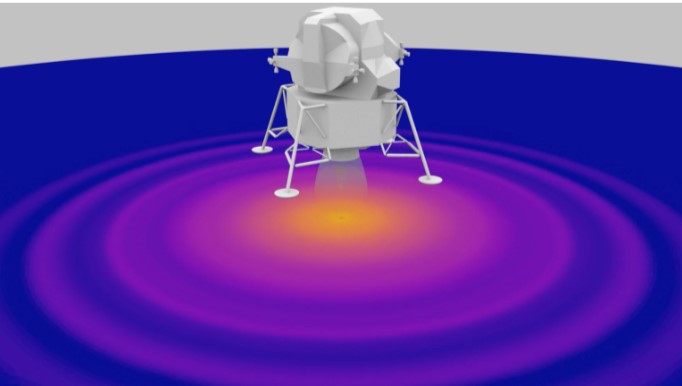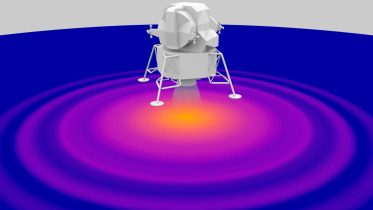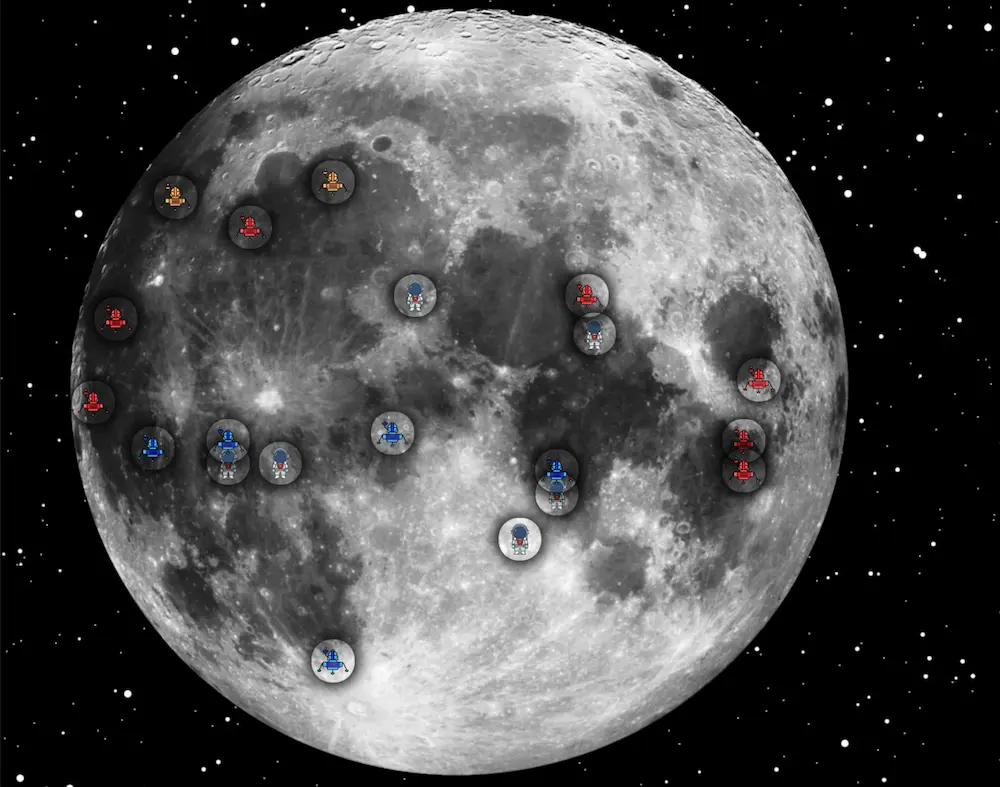
Moon Landings
A Moon landing is the arrival of a spacecraft on the surface of the Moon. This includes both crewed and robotic missions. The first human-made object to touch the Moon was the Soviet Union's Luna 2, on 13 September 1959. The United States' Apollo 11 was the first crewed mission to land on the Moon, on 20 July 1969. There were six crewed U.S. landings between 1969 and 1972, and numerous uncrewed landings, with no soft landings happening between 22 August 1976 and 14 December 2013. The United States is the only country to have successfully conducted crewed missions to the Moon, with the last departing the lunar surface in December 1972. All soft landings took place on the near side of the Moon until 3 January 2019, when the Chinese Chang'e 4 spacecraft made the first landing on the far side of the Moon.












